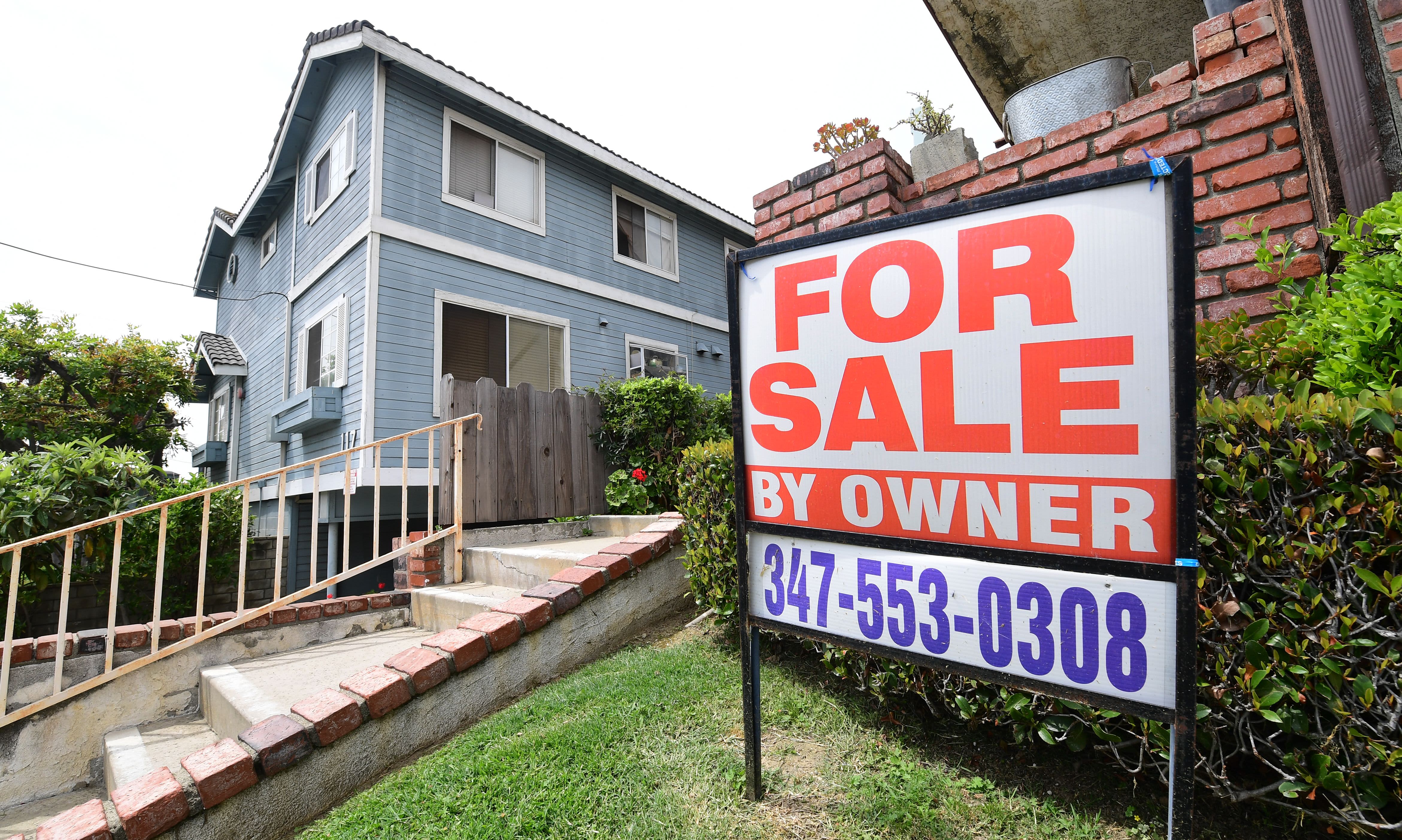A “For Sale by Owner” sign is posted in front of property in Monterey Park, California.
Frederic J. Brown | AFP | Getty Images
After improving markedly in July, the number of borrowers struggling to make their monthly mortgage payments has essentially flatlined and now threatens to move higher.
As of August 25, 3.9 million homeowners were in mortgage forbearance programs, according to Black Knight, a mortgage technology and analytics firm. This represents 7.4% of all active mortgages and is unchanged from the week before. The numbers have not improved in the past two weeks.
More concerning is that close to three quarters of those in forbearance have had their terms extended from the initial three-month period. This suggests that their financial situations are not improving, and they are still unable to make their monthly payments. Another survey from the Mortgage Bankers Association also showed the rate of improvement slowing markedly.
“The extremely high rate of initial claims for unemployment insurance and high level of unemployment remain a concern, and are indications of the challenges many households are facing,” said Mike Fratantoni, MBA’s chief economist. “While new forbearance requests remain low, particularly for Fannie Mae and Freddie Mac loans, the pace of exits from forbearance has declined for two straight weeks.”
Borrowers in the government bailout are not required to remit payments immediately after exiting forbearance; instead, those payments can be made when the loan is either refinanced or the home is sold.
The mortgage bailout, under the CARES Act, allows borrowers to delay monthly payments for up to a year on government-backed loans. Banks and private-label securities have largely offered about six months of forbearance, but it is unclear how much longer they will extend that.
Breaking it down by loan type, a reduction of 23,000 borrowers in Fannie Mae and Freddie Mac forbearances was almost entirely offset by a 10,000-borrower increase in FHA forbearances and a 12,000-increase among bank-held and private-label loans.
Over the past 30 days, active forbearances have declined by 171,000 with the strongest improvement in Fannie Mae and Freddie Mac loans. More modest improvements have been seen among both FHA/VA forbearances and bank and portfolio loans.
The big concern is that expanded unemployment benefits have now expired, and some borrowers were using those to make their monthly payments. Without additional assistance, experts say the mortgage bailout numbers could begin to move higher again.
